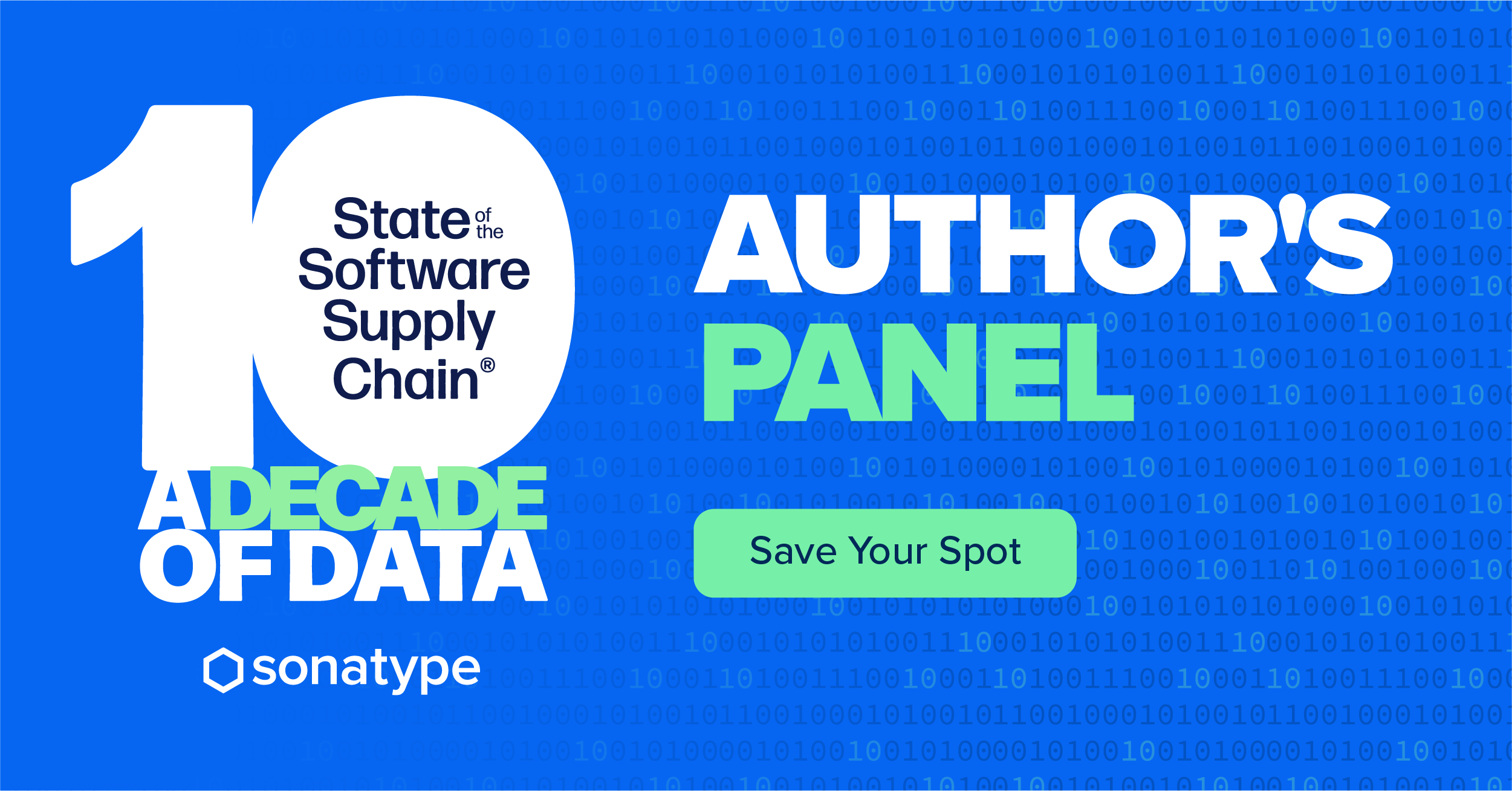
Software dependencies: A beginner's guide
5 minute read time

An overwhelming majority of modern software development utilizes open source software components. Individual components rarely operate in isolation. When one component relies on another to work properly, that is defined as a software dependency.
Software dependencies and software dependency management tools are the backbone of modern software development, forming intricate relationships between various components. Code dependency relationships dictate how software components rely on one another to operate correctly.
Consider, for instance, a software application that relies on a library to interact with a database. In this scenario, the application depends on the library to function seamlessly. If the library is unavailable or experiences issues, the application's ability to query the database is compromised, resulting in unintended consequences.
Software dependencies fall into two main categories, direct and transitive, each with its unique characteristics.
In this beginner's guide, we define and explore software dependencies, shedding light on their significance and how to manage them effectively.
What are direct dependencies?
Direct dependencies are the explicit dependencies that a software component defines and employs.
For example, a JavaScript function may require the Lodash library, and this library is explicitly declared in the code through import statements.
What are transitive dependencies?
Transitive dependencies are dependencies indirectly used by a software component.
In our JavaScript example, if the Lodash library itself relies on the Underscore library, the application has a transitive dependency on Underscore. Although not explicitly declared in the JavaScript file, it is indirectly used by the Lodash library.
Direct vs. transitive dependencies: Key differences
Direct dependencies form the foundation of your project's functionality. They are explicitly declared and managed by your software project. Your application relies on them for core features, and you have full control over their configuration and updates.
On the other hand, transitive dependencies are not explicitly declared in your project but are crucial for your direct dependencies to operate seamlessly.
Dependency management tools automatically resolve and fetch these dependencies, relieving you of direct control. In Java, for example, they exist in your project's classpath during both compilation and runtime.
Transitive dependencies are notoriously difficult to remediate. You can easily update a library your project directly depends on if a vulnerability is discovered in an earlier version. But you can’t update a software dependency further down the chain, unless you plan to fork it and manage your own version. Transitive dependencies are not readily accessible to you. Their codebase resides with their maintainers, rendering your application entirely, well, dependent upon their work.
If the maintainer of one of your transitive dependencies releases a fix, the amount of time before it makes its way up the software supply chain to impact your direct dependency, could be a while. Things are further complicated if the transitive dependency is utilized by several other components. In this case, there could be an even longer wait as the transitive dependency has even more supply chains to navigate.
A comparative overview
Let's summarize the key differences between direct and transitive dependencies:
| Aspect | Direct dependencies | Transitive dependencies |
| Declaration | Explicitly declared and managed by the project | Not explicitly declared but required by direct dependencies |
| Importance | Essential for the project’s functionality | Required for the direct dependencies to function |
| Configuration control | Fully controlled by the project | Version and configuration are determined by the direct dependencies |
| Management complexity | Easier to manage due to direct control | Managed automatically by the dependency management tool |
| Visibility | Explicitly listed in the project’s configuration or build files | Not explicitly listed in the project's configuration or build files but exists in the project's classpath (in Java) during compilation and runtime |
Managing software dependencies at scale
Effectively managing software dependencies, especially in large and complex projects, requires a systematic approach. This entails employing tools and practices that ensure a smooth and efficient development process. Consider the key strategies below.
Take a high-level glance with dependency scanning
To manage dependencies effectively, you need to scan your software components for vulnerabilities and risks.
Dependency scanning involves assessing the health of your open source dependencies and ensuring that they do not introduce security vulnerabilities or compliance issues. This proactive approach helps you rule over your dependencies and mitigate potential risks.
Chart a course of action with dependency mapping
Dependency mapping is another invaluable practice in dependency management. This process helps you visualize the intricate network of dependencies within your software. By creating a clear map of how components rely on one another, you can identify hidden risks, understand your software better, and ensure that any changes you make do not disrupt critical dependencies.
Explore the world of dependency mapping and how it can benefit your software development process in this beginner's guide.
Sonatype Lifecycle: A solution for efficient dependency management
With Sonatype Lifecycle, you can seamlessly scan your dependencies for vulnerabilities and compliance issues and empower yourself to remediate these issues rapidly.
By identifying and addressing vulnerabilities early in the development process, Sonatype Lifecycle ensures your software is reliable, secure, and compliant. It streamlines software dependency management, prevents conflicts, and enhances overall software quality.
Incorporating Sonatype Lifecycle into your development workflow allows you to remediate vulnerabilities fast and maintain a dependable and secure software system.
By mastering the art of dependency management, you can sidestep the challenges of dependency hell and pave the way for a smoother and more efficient software development journey.
Know your dependencies, level up your software
Direct dependencies are the components you explicitly declare and manage, while transitive dependencies are the indispensable elements required by your direct dependencies.
Understanding both types is essential for efficient and reliable dependency management in software development. This knowledge equips you with the tools to maintain a clear and informed view of your project's dependencies and their profound impact on your application's success.
With the right tools and practices, you can navigate the intricate world of software dependencies and build secure, reliable, and scalable software systems.

Written by Aaron Linskens
Aaron is a technical writer on Sonatype's Marketing team. He works at a crossroads of technical writing, developer advocacy, software development, and open source. He aims to get developers and non-technical collaborators to work well together via experimentation, feedback, and iteration so they can build the right software.
Explore All Posts by Aaron LinskensRelated Resources


